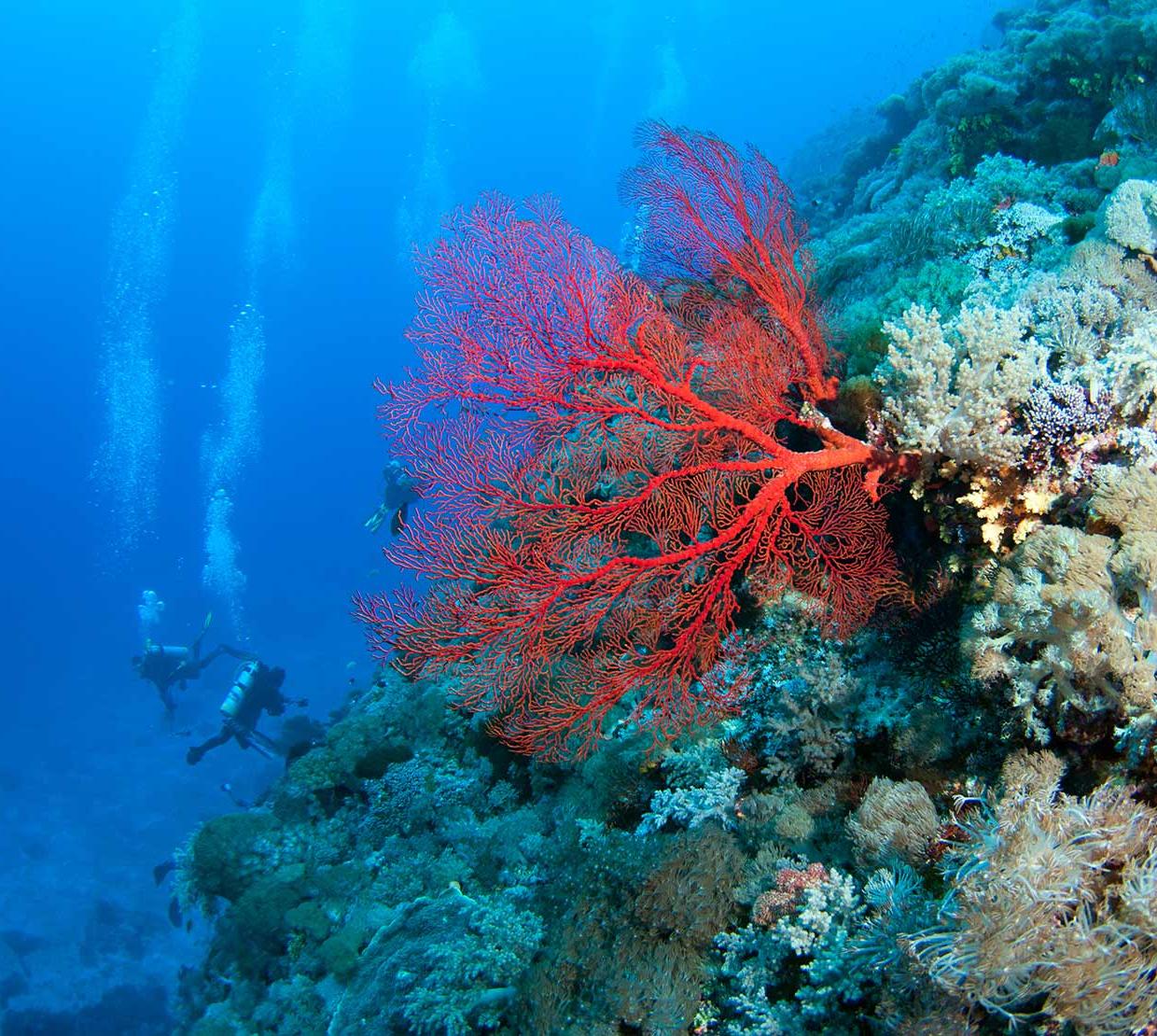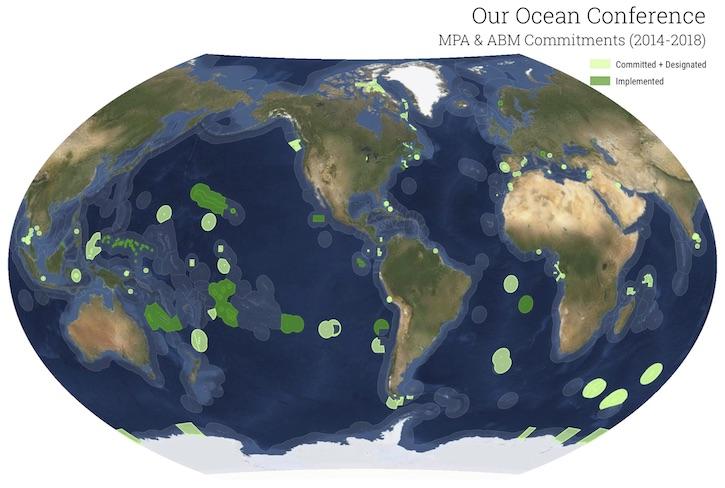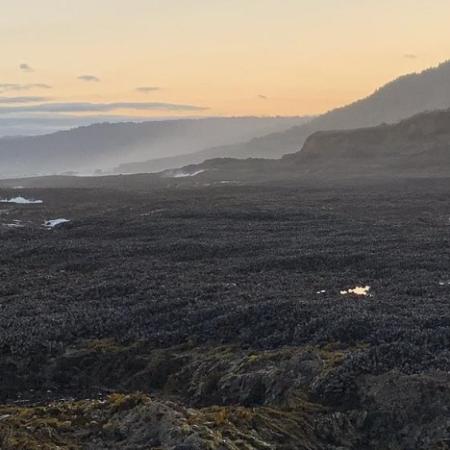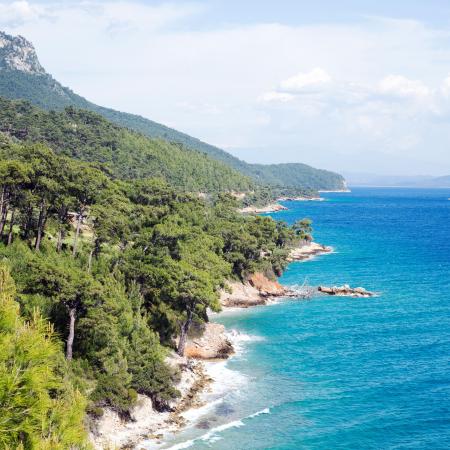Corvallis, Ore. — World governments and other leadership bodies are taking vital steps to protect the ocean but more progress is urgently needed, Oregon State University scientists reported today at the Our Ocean Conference.
An OSU analysis, led by marine ecologists Kirsten Grorud-Colvert and Jane Lubchenco, shows that more than one-third of the ocean area currently under protected status is the result of the annual, high-profile meeting.
The Our Ocean Conference was established in 2014 under the leadership of then U.S. Secretary of State John Kerry. The meeting brings together global leaders of governments, industry, youth and civil society to tackle problems that threaten the health of the ocean. The goal is to commit to action that protects and restores ocean ecosystems and allows them to be used sustainably.
One topic the conference focuses on is marine protected areas — parts of the ocean set aside to protect ecosystems and support a healthy ocean. As a result of the conference, more than 180 new or expanded protected areas covering 6 million square kilometers, or 1.7% of the ocean, are actively protected from extractive activities such as fishing, mining and drilling.





